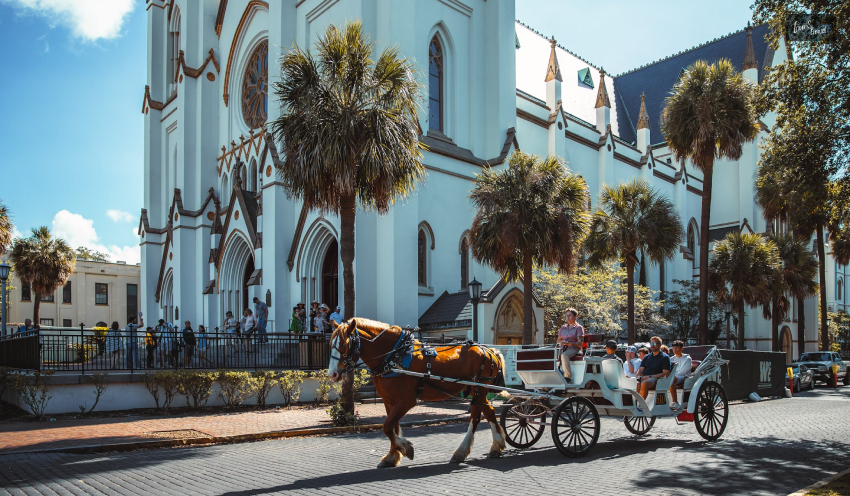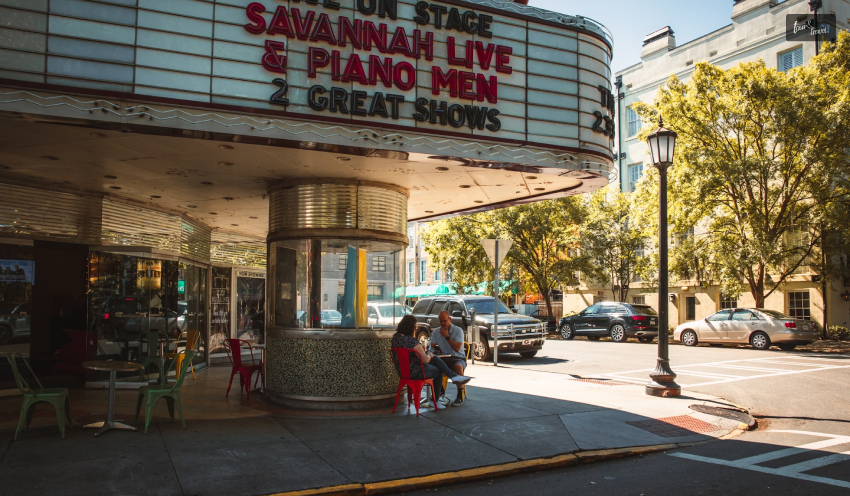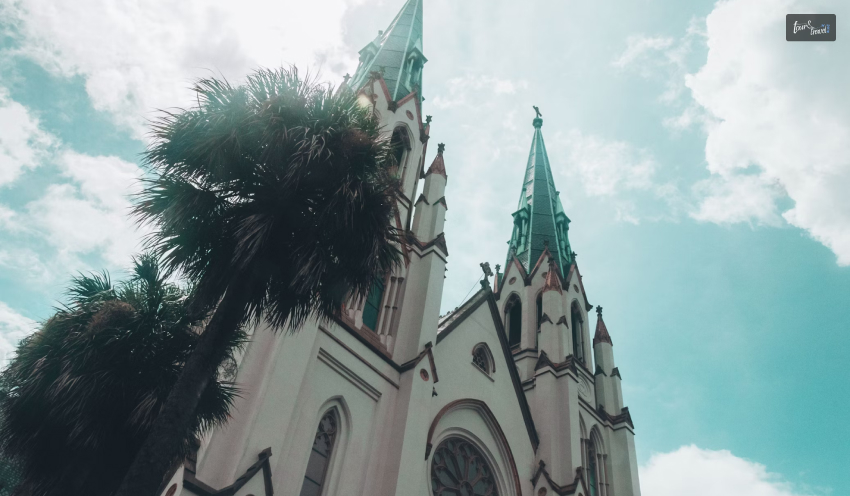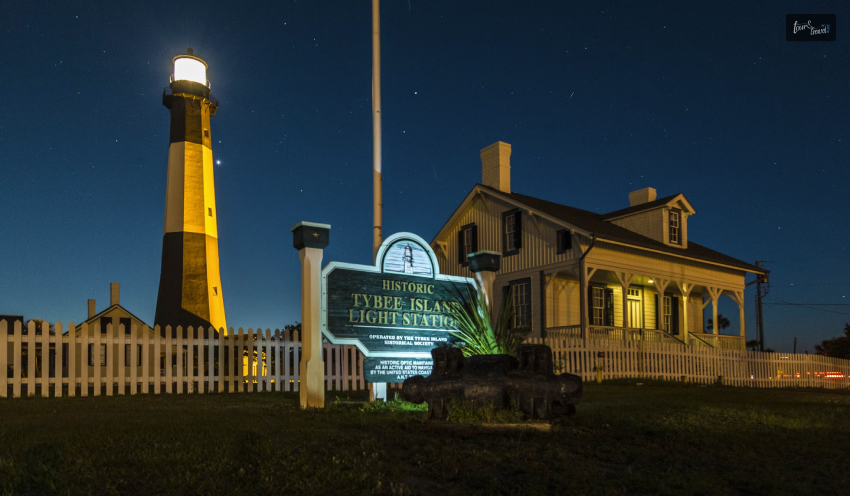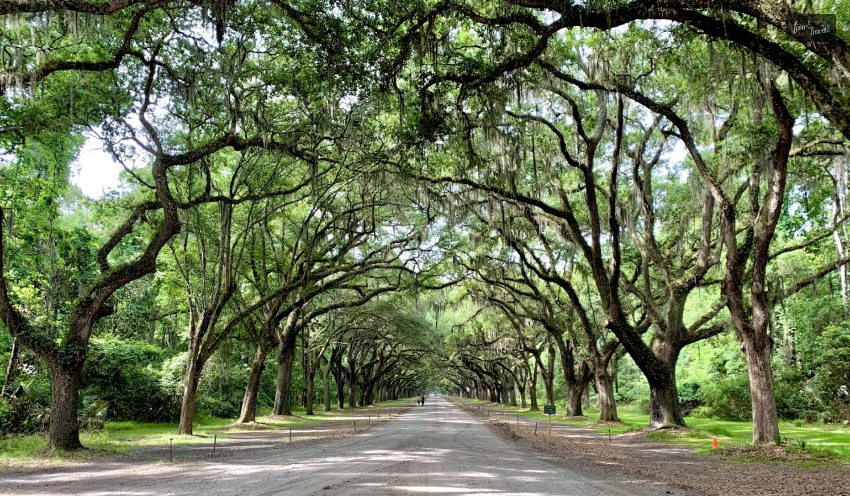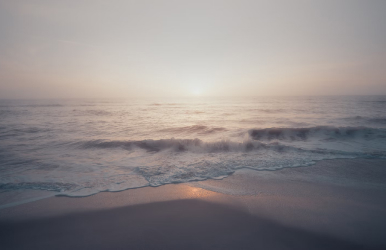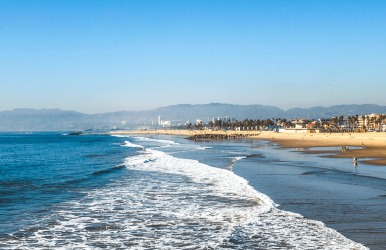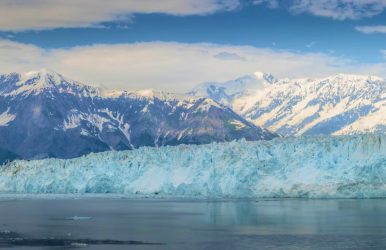Colorado Calling: RV Camping Amidst Stunning Mountain Peaks
BY Abdul Aziz Dec 30, 2023
Colorado is the RV heaven of America. With its undiscovered side roads, untrammeled mountain pathways, and wealth of unexpected discoveries, the Centennial State was made for RVers. Whether you're an experienced camper or a novice, Colorado offers a wide range of excellent RV camping locations, from luxurious spas to adventure camps that are perfect for families. The good news is that RVers will find Colorado to be friendly right away. Unless you want to park in specific locations, you won't require a special permit. Similarly, check local laws before visiting, as certain cities (like Colorado Springs) have particular bans on parking in residential and urban areas. RV campers in Colorado have some of the best options at privately owned-campgrounds. In addition to complete electric hookups, Wi-Fi, bathrooms, showers, swimming pools, general stores, and recreational facilities, they usually provide a wide range of amenities. Furthermore, they are frequently situated close to some of Colorado's most breathtaking natural landmarks as well as well-liked hiking routes and rivers, all within short walking distance. RV Camping Colorado: What To Expect There are 42 state parks in Colorado that have complete electrical hookups in addition to other facilities like potable water and restrooms. Similarly, there are plenty of RV-friendly campgrounds in its four national parks, some of which even have electrical hookups. Check before you book because many national parks have length restrictions on RVs and don't permit generators. Numerous free RV camping spots can be found all over Colorado on the 8.3 million acres of state land. Make sure you research the locations before you go. Some areas, like Fruita's Rabbit Valley Motorized Area, only permit RV parking in approved camping areas. Others, however, permit parking anywhere. In these popular camping locations, the majority of RV sites provide a variety of amenities, such as fire pits and potable water. In addition, some offer Wi-Fi and electrical hookups, along with kid-friendly activities for the whole family. RV Camping Colorado If you are looking for options for RV camping Colorado is a great place to start. Here are the top RV parking and camping areas in Colorado. Mountain Dale Cabins & RV Resort Just a short drive away in Manitou Springs, you can get cozy with the magnificent Pike's Peak, nestled among some of Colorado's highest peaks. You can camp in the shadow of this famous mountain at Mountain Dale Cabins & RV Resort. It offers facilities like showers, complete electrical hookups, and access to fantastic hiking trails and wildlife viewing spots. Similarly, Mueller State Park nearby provides 136 campsites (of which 99 have electric hookups), magnificent hiking trails, and an abundance of opportunities to observe wildlife. Estes Park With its stained wood chalets and coffee shops, Estes Park, the entry point to the breathtaking Rocky Mountain National Park, resembles a European ski resort town. However, it's actually a popular destination for RVers, campers,, rafters, anglers, and hikers from all over the world. Numerous RV parks are available here, all within close proximity to river activities, golf courses, and horseback riding. Elk Meadow Lodge & RV Resort is a well-liked RV park with live music, miniature golf, and a swimming pool. Rocky Mountain National Park Rocky Mountain National Park (RMNP), the center of Colorado's most magnificent mountain range, has a lot to offer. There are stunning hiking trails, rivers for rafting, kayaking, and fishing, vast meadows of wildflowers, and amazing wildlife viewing. RVs are welcome at four of its five campgrounds (tents only at Longs Peak). Check the length restrictions for RVs at each park before visiting, though. Tiger Run Resort This all-seasons RV resort outside Breckenridge is as high as it gets. Tiger Run Resort is an RVer's dream come true at 9,300 feet. After a day of hiking, you can unwind in the hot tub or cool off in the pool. Other features include a laundry room and hiking trails that are close by. They have some of the most breathtaking scenery in Colorado. They also have a golf course and recreation center that are only five minutes away. If you are looking for RV camping Colorado, Tiger Run is a great option. How To Prepare For RV Camping In Colorado Because Colorado's weather is so unpredictable, make sure to pack appropriately. It can get freezing at night in these high altitudes, so pack plenty of insulating layers, warm blankets, cozy pajamas, and head wear. You can take the warmers layers off as needed. When you're this high up, you're closer to the sun, so wear sunglasses, a sun hat, and lots of sunscreen. People are always able to identify newcomers because they typically have excellent Colorado sunburns. Bring lots of extra water because you'll need to hydrate much more than usual in this dry climate. It helps avoid altitude sickness in addition to preventing dehydration. Speaking of altitude sickness, descend to a lower altitude if you begin to feel symptoms. If symptoms don't go away, see a doctor. Remember that altitude sickness is a serious issue that has ruined numerous camping trips in Colorado. Safety Issues To Keep In Mind Keep your RV door closed! A door ajar invites hungry (or inquisitive) creatures to stop by and say hello. Regarding wildlife, always maintain a safe distance. Only take pictures from a distance, store disposables in bear-proof containers, and save them to discard later in a secure location. If not, unwanted guests will be robbing your campsite. Camping is usually allowed in Colorado's designated areas. But there are some locations (like Indian Peaks Wilderness) where an overnight permit may be needed. Obtaining a fishing license is mandatory if you intend to go fishing in Colorado. The weather in Colorado can be very harsh. Keep your heat on and open the cabinet doors to allow the heat to reach the pipes in your RV. This will prevent them from freezing (heat tape helps too). Use shade and roof vent covers, close your windows first thing in the morning, and make sure your A/C filters are clean. This will keep your RV cool during the summer. RC camping Colorado sounds fun and gets even better when you stay alert and aware of your surroundings. Wrapping Up If you have thoughts to share or questions to ask about RV camping Colorado, please leave a comment below. We would love to hear from you! Read Also: Florida Dreams: RV Camping Along the Sunshine State’s Shore Top 7 Places To Visit For An Asian Solo Traveler Wonders of the Waves: RV Camping Along Oregon's Coastal Beauty

